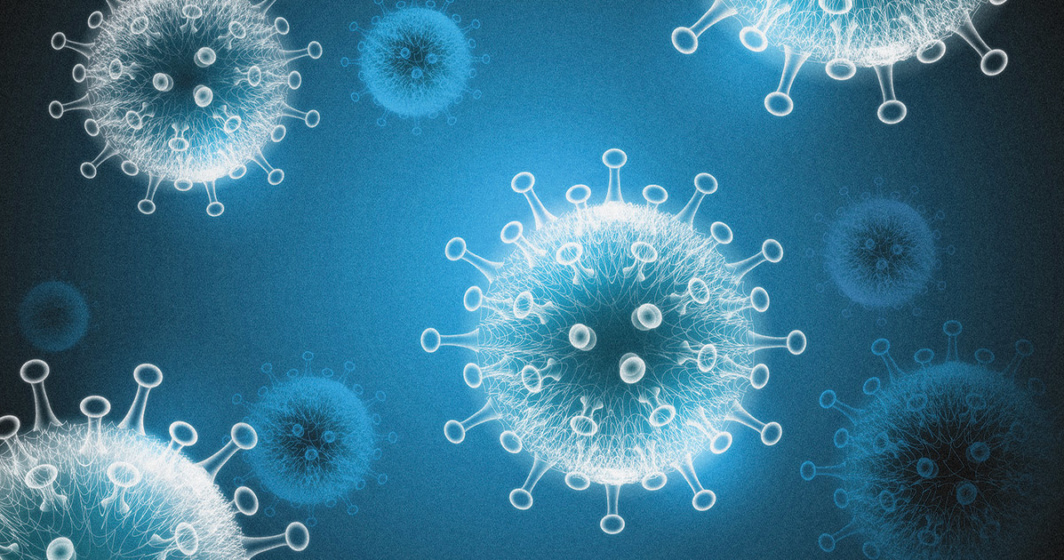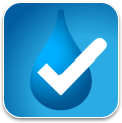Information is critical in the fight against COVID-19 and wastewater is one of the key sources used to identify the presence of the virus in our communities.
A critical component in the fight against COVID-19 is establishing where transmission of the virus occurs. Since the start of the pandemic in early 2020, the public naming of exposure sites by health authorities, and the requirement for people who were at the same sites during the same time to monitor for symptoms or get tested themselves has been an ongoing part of the public health response.

Wastewater testing has been another crucial way Governments and health departments can identify where COVID-19 may be present in the community to help to stop the spread.
That’s why used water from toilets, sinks, bathrooms and dishwashers is being analysed and tested for fragments of SARS-CoV-2, the virus that causes COVID-19.
Fragments of the virus can enter the wastewater system through people who have, or have recently had, COVID-19. People shed the virus through used tissues, off their hands and skin or in stools, and this shedding can continue for weeks after a person is infectious.
“The COVID-19 virus, SARS-Cov-2, can enter wastewater infrastructure through any of those means, however, is likely to enter wastewater principally from faecal and respiratory shedding. Shed virus is then detected by analysing the wastewater using analytical methods that are specific for SARS-CoV-2,” says Dr Nick Crosbie, Recycled Water and IWM Research Manager at Melbourne Water.
“Wastewater monitoring is equivalent to obtaining and analysing a large community-based composite sample of faeces, saliva, vomit, sputum, urine, shed skin and other material shed during personal cleansing, washing, bathing, and excreting.”
In Victoria, wastewater samples are taken from more than 120 sites including the large Melbourne Eastern and Western wastewater treatment plants, regional wastewater treatment plants and more than 70 locations throughout the metropolitan sewerage system.
Dr Crosbie describes the Department of Health’s surveillance as dynamic, “meaning that it is adjusted to meet changing needs, for example to facilitate surge testing during outbreaks.
“Samples are obtained by Australian Laboratory Services by ‘grab sampling’, auto-sampling, and by the deployment of so-called ‘passive samplers’ which accumulate the SARS-CoV-2 virus in the period of their deployment. In total, between a few 100 to more than 1,000 samples are collected and processed in a seven-day period.
“The samples are analysed by Australian Laboratory Services, with Monash University undertaking analysis of the passive samplers. Presumptive detections are confirmed by analysis performed at the Walter and Eliza Hall Institute of Medical Research.”
While wastewater testing has been of public prominence during the pandemic, it is regularly undertaken around the world to monitor poliovirus, norovirus and adenovirus. Dr Crosbie has been personally involved in the work for about five years.
“Melbourne Water has been involved in providing wastewater samples for the national polio surveillance program since 2014, and we have also provided wastewater samples for Norovirus surveillance, drug surveillance, and for the Global Sewage Surveillance Project initiated in 2016,” he says.
Dr Crosbie says the public identification of locations in which viral fragments are identified in wastewater - announced by the Department of Health on a regular basis including the sending of text messages to people in affected postcodes - allows health authorities to target their responses.
“Information can be used by health departments to further focus their investigations, and to encourage an increase in local clinical testing rates. In Melbourne’s recent outbreak (May/ June 2021), wastewater surveillance has facilitated the identification of four new cases,” he says.
The role the plumbing industry plays in effective wastewater testing is clear.
The provision of safe and effective plumbing and sanitation shows how the plumbing industry contributes to strong public health, says Master Plumbers CEO Peter Daly. “Plumbers play a vital role in developing, maintaining and promoting public health among the community.
Plumbers prevent against disease and illness stemming from poor plumbing and sanitation, and against the dangers of unsafe gas appliances, some of which can be deadly,” he says.
In 2018, Master Plumbers published the report A stronger plumbing industry safeguarding our community: Plumbing industry priorities which highlighted the valuable role plumbers play in public health and safety.
This includes the prevention of Legionnaires’ Disease caused by cooling towers and the increasing use of warm water systems in buildings as well as the servicing and maintenance of gas appliances to eliminate the risk of carbon monoxide (CO) poisoning.
“Master Plumbers continues to advocate for strong public health and safety awareness program on the risks posed by asbestos, legionella, lead and carbon monoxide,” says Peter.
“Our day to day work in plumbing and sanitation also supports the overall wastewater testing process to play a big role in the COVID-19 response.”
Dr Crosbie agrees.
“Victoria’s COVID-19 wastewater surveillance program is a huge team effort between people working in the plumbing industry, water industry, and the laboratory and health sectors,” he says.
“More generally, the safe operation of our water and wastewater infrastructure ensures that the community do not suffer from significant health effects from water and wastewater-borne diseases.”
Share this Article






